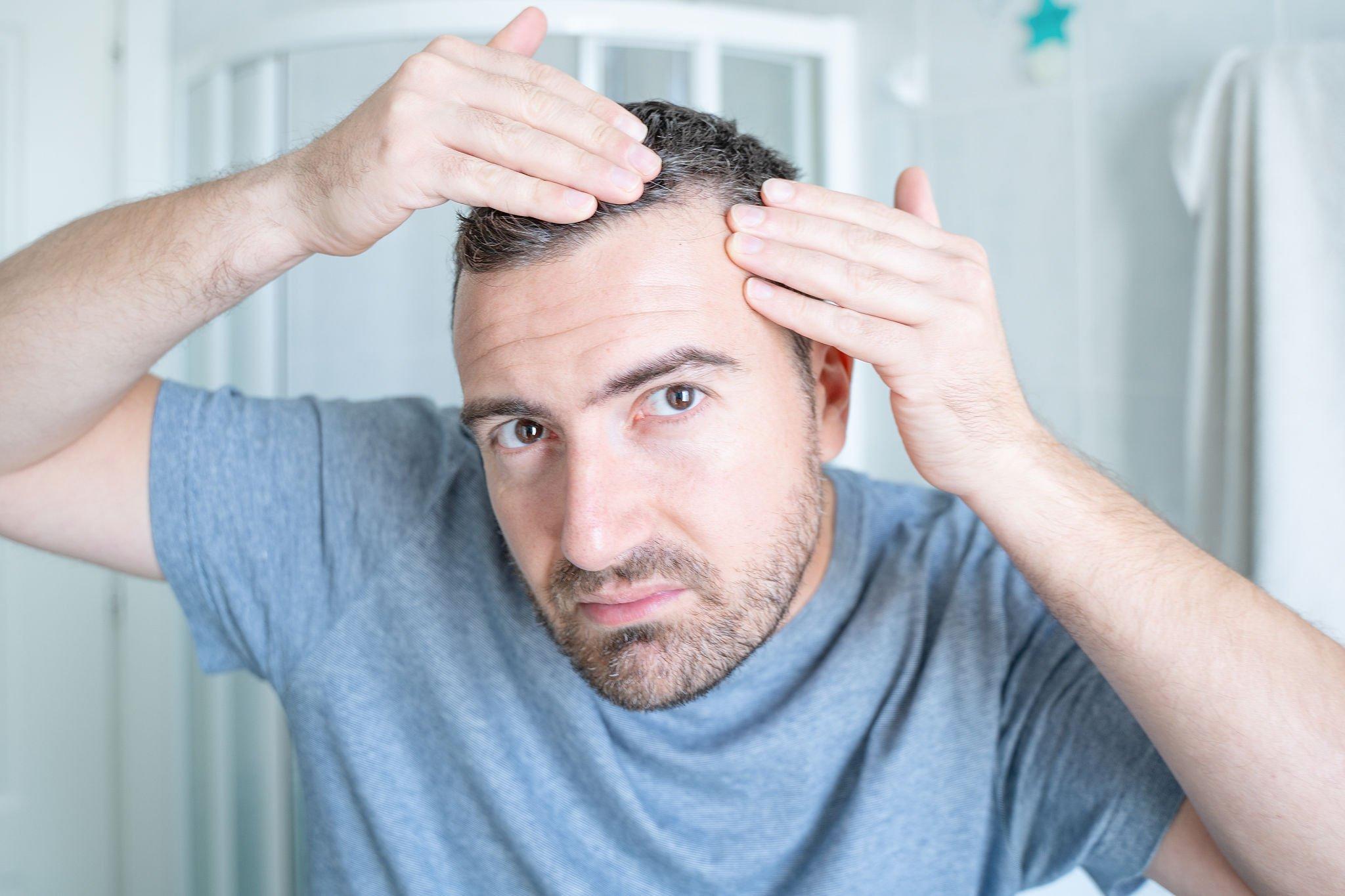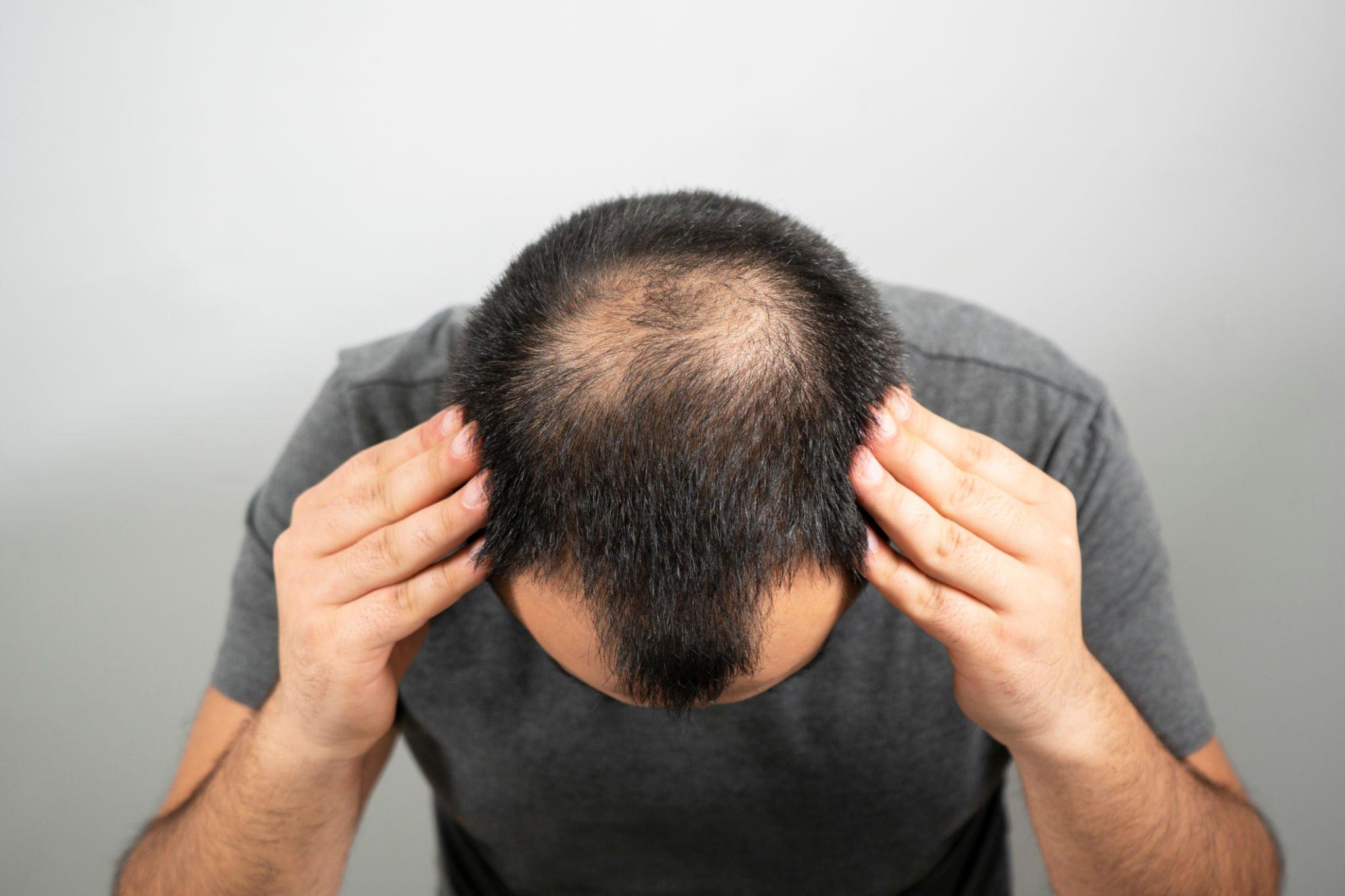Nobody wants to acknowledge that they might be going bald. Unfortunately, most men go through male pattern baldness sometime during their life. Genetics plays a large part in how soon the balding will start and how much hair will be lost. Although most men have admitted that balding is something they’re worried about, most of them don’t do anything about it.

The longer you wait to start dealing with hair loss, the more difficult it is to reverse the damage. Starting a treatment regime when your hairline first begins to recede can give you a better chance of keeping more hair. Once all your hair is gone, and your follicles are dead, you’ve missed your chance to partake in some of the most popular treatments, such as hair transplant and restoration.
So, how can you tell if it’s time to start acting? There are some common symptoms of balding.
Your Hair is Starting to Fall Out
While this might sound pretty obvious, many people don’t notice when they’re excessively shedding. Normal shedding can lead to the loss of about 100 strands of hair a day, so noticing a few extra strands here and there might be difficult. However, when you begin to see more hair than usual on your pillowcase, in your brushes and combs, and in your shower drain, it’s time to look into some hair transplant and restoration options.
You Have an Itchy Head
Sometimes, your itchy scalp can indicate hair loss. It’s not directly connected to male pattern baldness. However, an itchy head can be related to other conditions, such as dermatitis and psoriasis. This can be relevant to hair loss depending on how you react. If you begin excessively scrubbing, scratching, rubbing, and brushing your scalp, you can damage your hair follicles. Instead, you should see a doctor for treatment.

You Have a Receding Hairline
One of the biggest signs of potential balding is a hairline recession. You might notice the recession when you brush your hair and it doesn’t end up looking quite like it used to. You might also notice that your hair is thinning around your temples. This pattern can continue to spread until you’re left with an M-shaped hairline. Fortunately, if you notice that your hairline is receding, you can take steps to reverse the effects.
Your Scalp is More Visible
If you’re used to having thick hair that completely covers your scalp, then you’ll probably start noticing when it becomes thinner. Take note of when you part your hair; you might expose your skin with a simple brushing. If this is the case, then you’ve probably lost a lot of hair on the top of your head. Chances are you are going to continue to lose more hair until you have obvious bald spots.
Fortunately, there are ways to address male pattern baldness, such as Follicular Unit Extraction (FUE), which is a minimally invasive, outpatient procedure. If you’ve started to notice that you’re going bald, it might be time to consider a hair transplant and restoration.
Leave a Reply